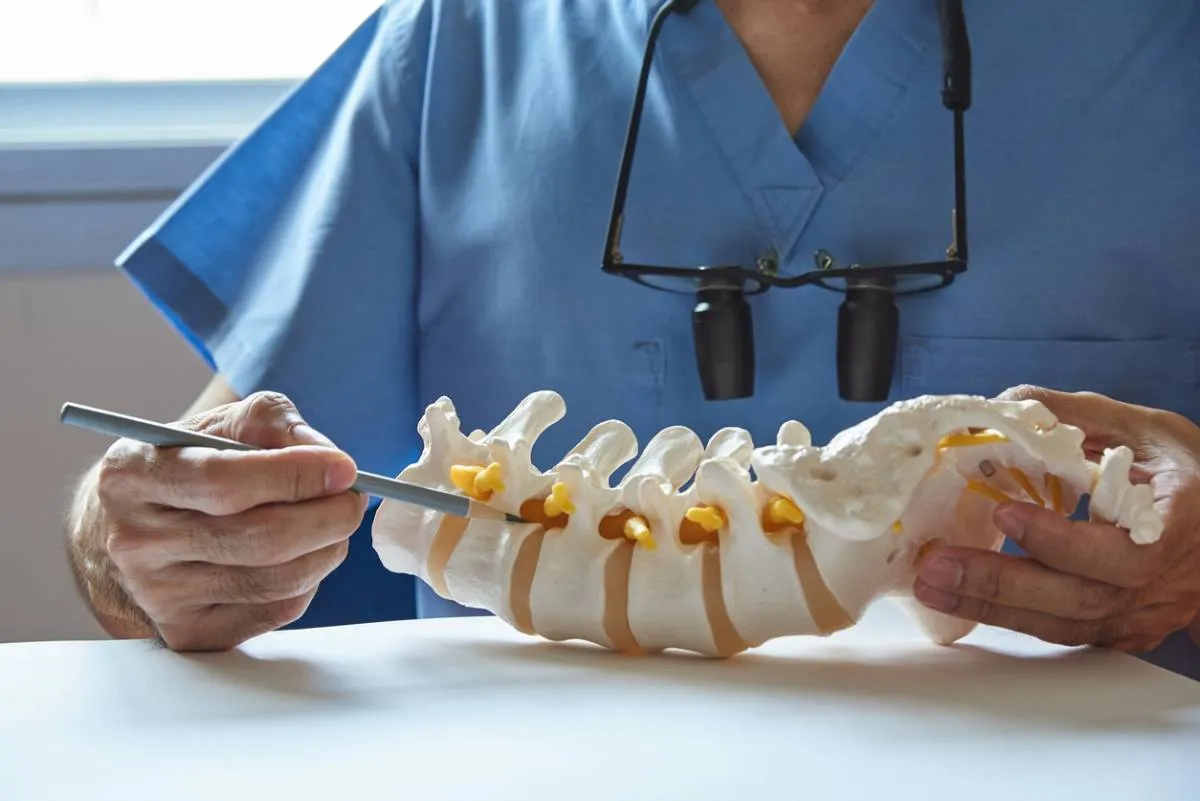



Can You Get Bone Spurs on Your Spine? | Yashar Neurosurgery - Blog





Bone spurs are [abnormal bone growths](https://www.mayoclinic.org/diseases-conditions/bone-spurs/symptoms-causes/syc-20370212) caused by friction. While bone spurs are often associated with the heel, the reality is that a bone spur can occur anywhere on your skeleton where friction occurs. That makes the spine a prime spot for bone spurs. Can You Get Bone Spurs on Your Spine? Bone spurs usually occur on the spine as a result of degeneration. Damage to the spinal discs, for example, can cause two vertebrae to rub together in a way they normally wouldn’t. Over time, this friction would produce a bony growth known as a bone spur. What Are the Symptoms of a Spinal Bone Spur? A bone spur is actually an attempt by your body to heal the damage to your bones caused by friction. On their own, bone spurs are entirely asymptomatic. If you are experiencing symptoms, they may result from the bone spur exerting pressure on surrounding nerves and muscle tissue. If you have a symptomatic spinal bone spur, then these are some signs that you should speak to your [spine surgeon in Beverly Hills](https://dryashar.com/). - Localized pain - Localized swelling - Muscle spasms in the arms or legs - Numbness or tingling in the arms or legs - A loss of mobility due to chronic pain All of these symptoms indicate a possible problem with your spine. Bone spurs are just one possible cause. Meeting with Your Spine Surgeon When you first meet with your spinal surgeon, you will be asked to provide a complete medical history. This conversation may include details about family medical history, so write down anything you think your doctor may find relevant. Once you have gone over your medical history and current symptoms, your surgeon will move onto their examination. You can expect a physical examination as well as an x-ray. Other tests may be required if the initial results do not immediately reveal a clear cause for your symptoms. Diagnosing Bone Spurs on Your Spine The process of diagnosing bone spurs is usually fairly simple, as the growths will show up on your initial x-ray. You just have to keep in mind that there are more complex causes of back pain and neurological symptoms that may be a bit harder to find. Assuming bone spurs are the immediate cause of your symptoms, your surgeon will also want to understand the original cause of their development. If they don’t address the underlying problem, then the bone spurs will likely return even if they’re surgically removed. Treating Spinal Bone Spurs [Bone spurs treatment in Los Angeles](https://dryashar.com/spine/bone-spurs/) will vary widely. The underlying cause of your bone spurs and the severity of your symptoms will come into play. For the majority of patients, treatment will start as conservatively as possible. Physical therapy, lifestyle changes, and cortisone injections can alleviate symptoms for many patients. Your surgeon will expect you to follow their prescribed treatment to the letter for a period of several months before they will consider more aggressive options. The Reason for Conservative Treatment The insistence on conservative treatment methods isn’t a purposeless one. A board-certified neurosurgeon is a highly skilled specialist, but spinal surgery is always risky. Even with the advancements provided by modern technology, there are ways for spinal surgery to go terribly wrong. Given the high rate of success with more conservative treatments, it only makes logical sense to try an approach with extremely low risks first. However, if you are still experiencing pain, numbness, or loss of mobility after several months, you and your surgeon will have a direct conversation about the possibility of spinal surgery.





Get in touch today
Please complete and submit the form below and a member of our staff will contact you shortly.


